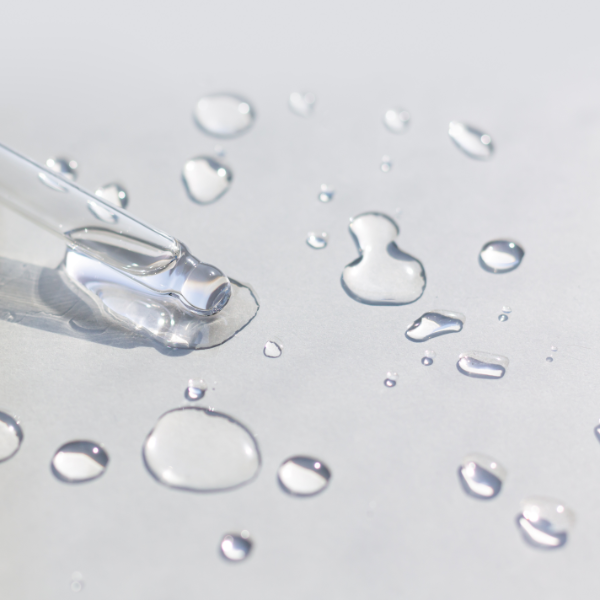How we test our products for a two-year shelf life
by Deborah Duffey, Chief Product Development Officer and President September 30, 2022

We’ve previously shared the importance of testing products for safety, but testing can also pass down real benefits to you as the consumer. One of the biggest pluses is a long shelf life: in Kara Vita’s case, it means products last for two years, at minimum.
The testing process isn’t easy, though, and many manufacturers choose not to go through the same rigorous process that we do. But by understanding the testing methods and the benefits, you can be a more informed consumer and choose the best products for you.
What are the methods for testing skincare products?
Microbiological testing and preservative efficacy testing (PET) are two different methods for ensuring that a formula is free of any of the bugs, yeasts, or molds that can decrease its lifespan or cause irritation and infection to skin.
Microbiological testing is when a product is created, filled, and sent out to a facility to test for contaminants like mold, bacteria, and other bugs. What’s considered acceptable varies among countries, and a product can pass and be sold to consumers as long as it meets these guidelines. Most manufacturers will use this method to test their products, and we consider it the bare minimum. There are some loopholes, though. Given enough time, preservatives in the formula can kill off contamination within a few weeks, and then the product can be sent for testing. While this means that customers will technically be given a contamination-free product, there’s no guarantee that that product will be able to fight off the next round of bacteria it comes in contact with, from the air or hands, for example. Think of it like this: a serum only has enough strength to kill off bugs, and once that strength is used up, it succumbs to contamination.
This is where PET comes in. PET is a method that is FDA required for drug products (like prescription skincare) but not required for the typical moisturizer or cleanser you can pick up at the store. Preservative efficacy testing is just what it is: testing how well the preservatives in a formula work to protect the product. How does this happen? During R&D, while a formula is still in development, a sample is sent to a testing lab for a month-long test. During this time, the sample is purposefully contaminated again and again—with staph, bacteria, molds, etc.—and then tested to see whether the preservative system has worked correctly to clear the contamination. If a formula stays safe to use even after multiple contaminations, it’s clear that it will withstand a long shelf life once it’s in the hands of the consumer.
Despite the high cost, infrastructure, and specific operating procedures required, some manufacturers, including Kara Vita, still choose to put their products through PET. This certainly isn’t the standard, and while many independent brands can’t or won’t use PET, many major companies do.
Why does testing skincare products matter?
It’s not easy to complete PET on every product, not just because of the cost, but also because it’s not easy to create a product that passes. Even so, if a Kara Vita product doesn’t pass the test, we reformulate again and again until it does. This is a lot of work on our end, but why should you, as the consumer, care? It’s not just because it keeps you safe and free from any potential skin irritation or infection from contaminated products.
Because we use PET, our products have a guaranteed two-year shelf life, at minimum. In some cases, this is double or even triple that of similar products. This means you can use your products as often or as sparingly as you like without worrying about the product’s expiration. It also means you can stick your fingers in the jar without worrying about introducing bacteria to the formula. This is especially important for our products due to their high potency. Our formulas are rich with plant-based nutrients, which microbes love. Because of our testing—which ensures the preservatives will keep the product fresh and safe—you can keep using the products for years.




